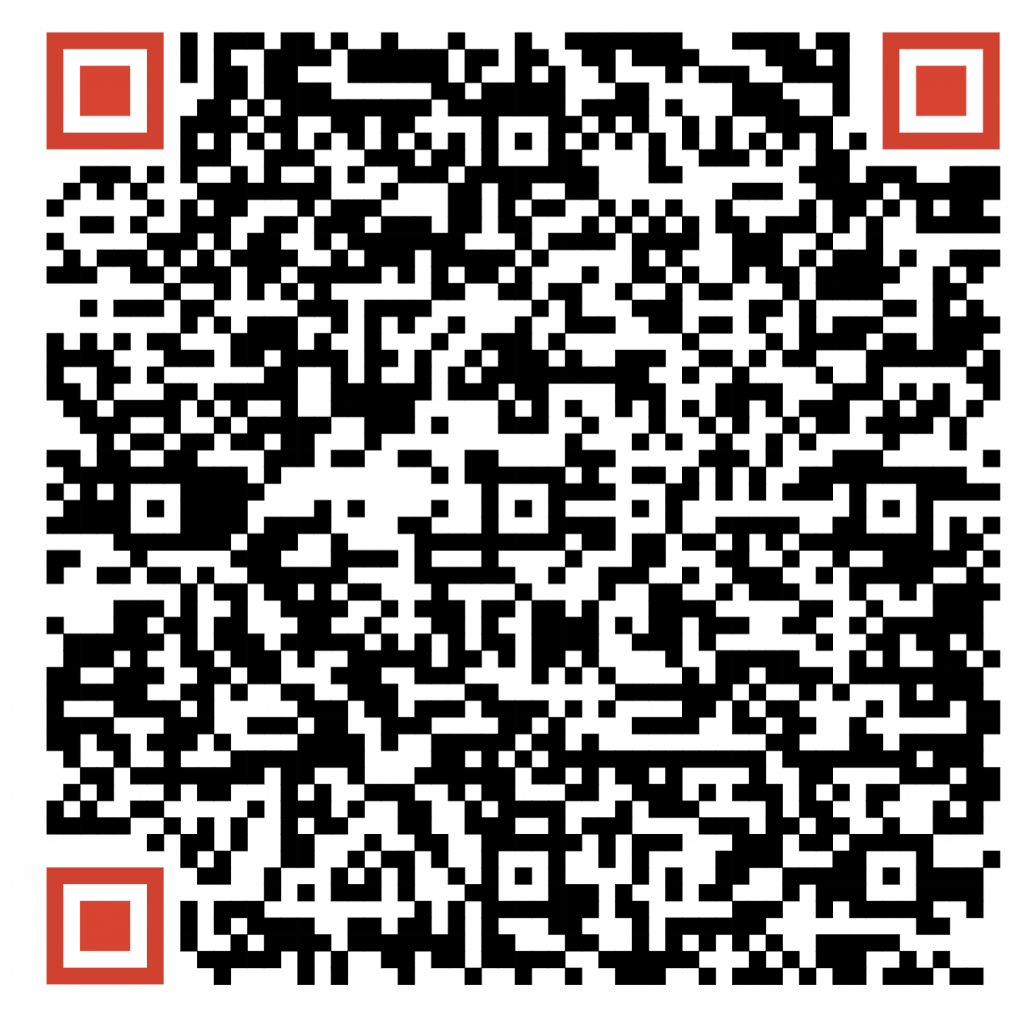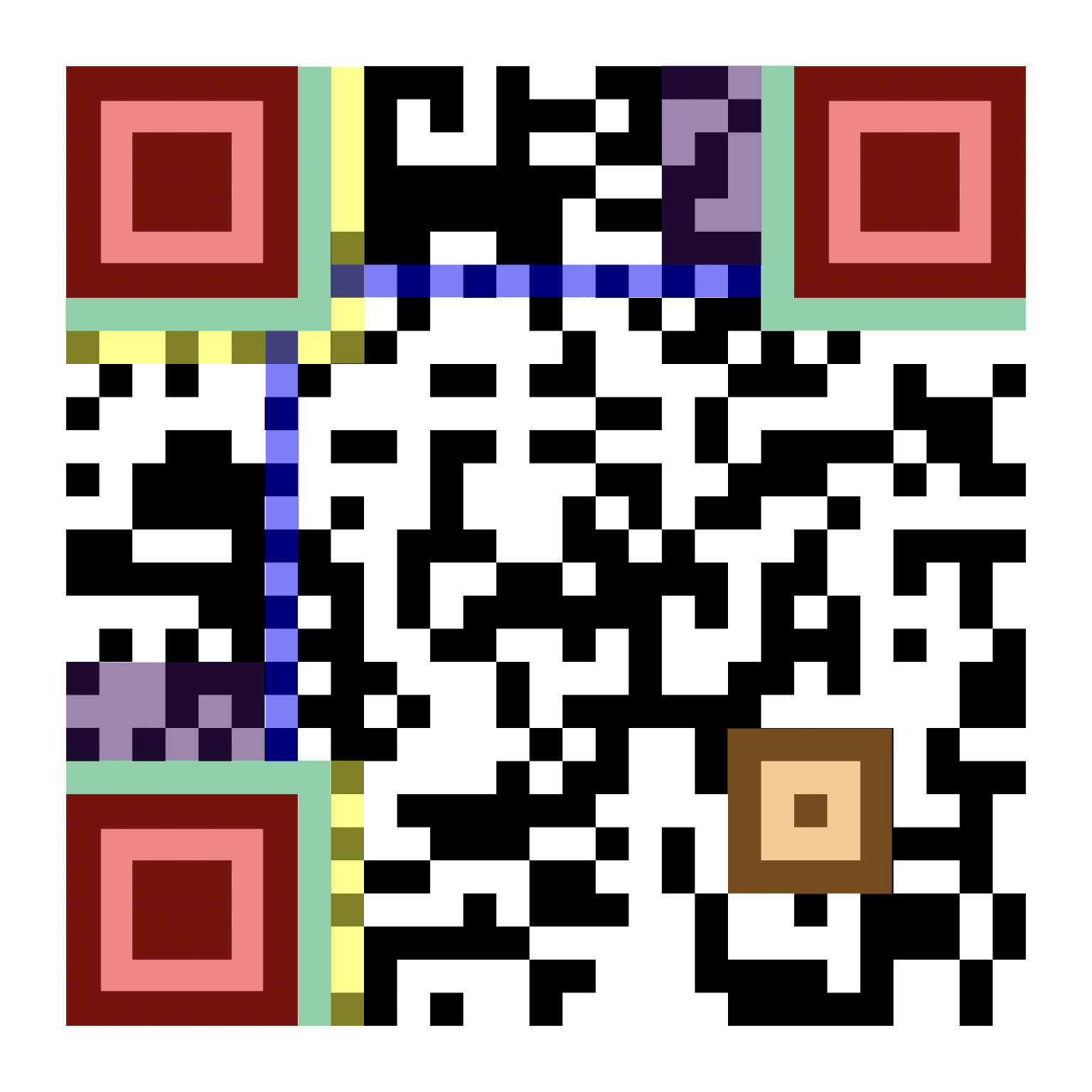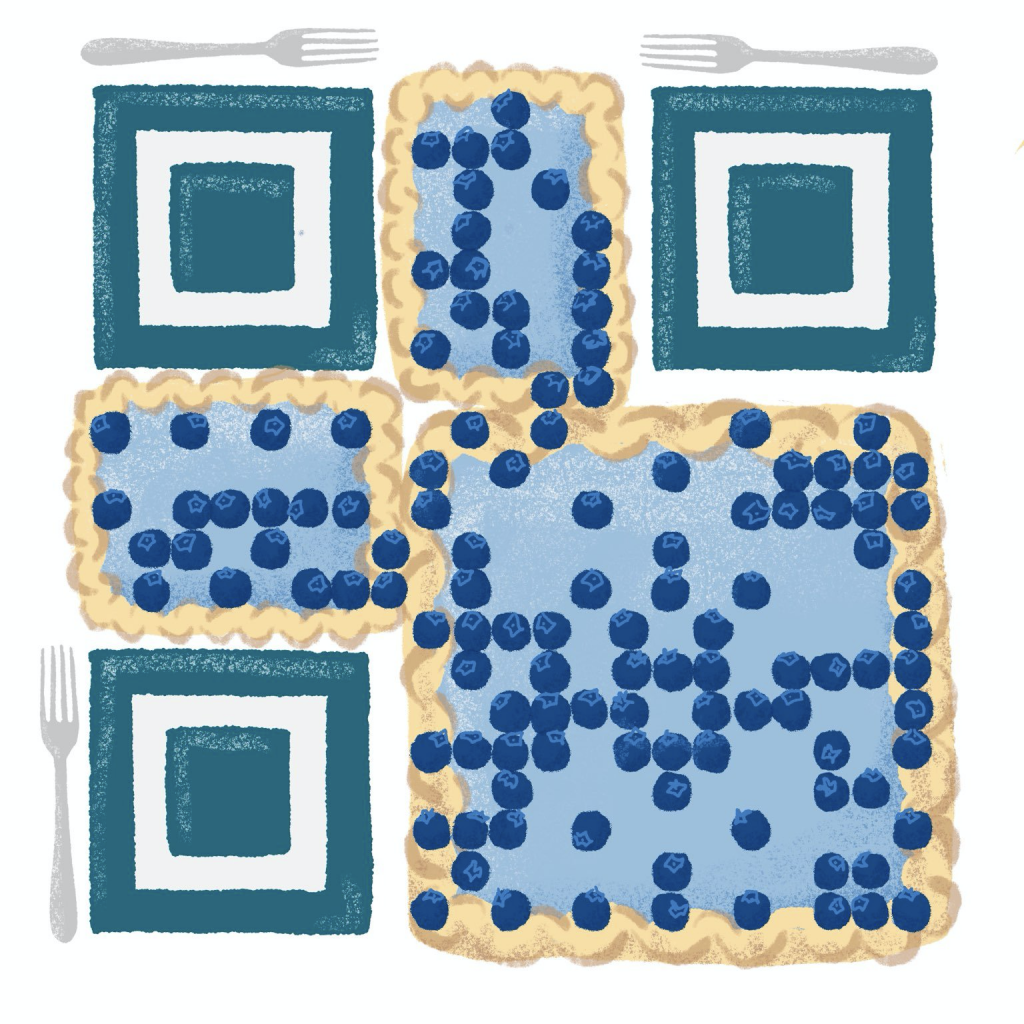
“The internet is forever” is often said as a warning, but what if we used that reality to make critical and forbidden information indelible.
Anyone who makes zines has to accept, at some level, that our words and art are fleeeting. Art and words on a page have a limited lifespan, and print media move through space and time until they eventually disappear. On the flip side, we also see a power inherent to ephemera, decentralizing our collective record to some extent, or letting it disappear.
Institutions also recognize the utility of making things temporary. Increasingly, big box security is attempting to limit crucial information temporary or render it extinct, squashing, deleting and seizing information that people should rightly have access to. Whether the goal is to censor something off the internet, put it out of print, or paint over streets and walls that contain it, information has never been such a threat to corporate and government powers. It is so endlessly plentiful, yet might be so potentially valuable to preserve, strategically.
So, how do we preserve information? Well, what if I told you someone could not only embed critical information within an image, but structure that image so that it could be reprinted by anybody without losing its precise meaning?
Enter: the QR Code (or Quick Response Code), and other related visual encoding systems.
You may be familiar with these as the pixelated black and white squares that today appear on everything from advertising to COVID-related signs and announcements. But did you know that the QR code system is almost 30 years old? Invented back in 1994 by Masahiro Hara, from the Japanese company Denso Wave, the code’s intended purpose was to track vehicles during manufacturing, and the bold designs were printed on small stickers that were attached to parts, enabling them to be scanned at high-speed using the two-dimensional encoding system.
But we use QR codes for so much more than factory assembly lines today, especially as most new smartphones now have the ability to automatically read QR codes. As people the world over seek the means to quickly transmit information relevant to COVID-19, political organizing, and critical emergency and social services, you may be seeing more of these codes on public service postings, restaurant menus, and yes, even protest signs. But you don’t have to take my word for it. See for yourself how they work.
Try opening the camera function on your phone and point it at the sample code on the next page. See?
The use of QR code in protest makes sense when you think about it. Mobile phones are a crucial means of coordination and communication for everyone at an action, from seasoned organizers to fiery first-timers. But person-to-person communications via cellular and internet data can be jammed, intercepted, and slowed. To work, they also require protestors to be previously connected somehow through, say, an encrypted messaging app or a Twitter follow. Yet, more often than not, protesters are strangers, united by a cause. IRL uses of QR can slice through those sources of lag for strategic uses. During the 2019 protests in Hong Kong, activists carried signs containing QR codes that provided information about the protest, but some were also directed at mainland Chinese tourists. “There are good sights outside the wall,” read one protest sign, with an included QR code to download Tor, a private browser that is widely used to circumvent state censorship of the open internet.
QR codes also found their place in the US anti-racism and police brutality protests in the summer of 2020, and surrounding the election, when the voter rights groups HeadCount used QR codes to direct people to information about voting. These codes are highly flexible, and can be used on flyers, signs, or even spray-chalked on sidewalks or walls with their eye-catching crossword puzzle-like design.
The QR code’s board game-like design isn’t by accident. Hara, the code’s inventor, was inspired by the board design of Go, an ancient grid game that has been popular for more than 2,500 years and is recognizable for using black and white circular stones as its pieces. The result of Hara’s hybrid was a high visibility design that can contain all sorts of information like text, numbers, websites, phone numbers, and can be decoded consistently and quickly, even at high speed.
QR codes depend on consistency and high visibility, which means that the arrangement of the square directly and unchangeably correlates to a set code that uses seven components. The QR patterns that combine to make the final square have meanings that directly translate to alphanumeric characters and could even be encoded and decoded by hand if needed. Such a task is unlikely, though, so the rest of this article will assume you have access to encode and decode with a computer or mobile phone.
Today, we’re surrounded by copy- right-locked technologies, and every company is racing to secure products, symbols, and tags that will only work with their systems, hoping to cash in. It’s pretty remarkable that Hara had the foresight to intentionally create an open-source system that could be then read by any computer and reused by anyone for their own needs. What might you use it for?
Try making one yourself using www.qrcode-monkey.com. Enter anything you like into the content field. If you do this on a desktop computer, you should be able to hold up your phone camera to it and see where it goes, or the text that it contains. Bonus activity: try playing with the “customize design” selections to see how stylized and abstract a QR code can get while still being functional.
OPEN SOURCE CODES: DIY TOOLS FOR THE LONG HAUL
The inventor of QR codes made a deliberate choice to make this new technology free and open to use (hence the many QR code generators out there). Hara worked for a company called Denso Wave, who retained the patent for QR code technol- ogy but opted never to use it. By leaving this system and the technology needed to encode and decode these squares open to the public, they helped ensure its widespread use first through Japan, and then the rest of the world.
Why is this so important? To leverage another example of an open encoding system, Morse Code is a system of long and short signals standing in for letters, and can be translated both to sound and to visual or typed patterns. Morse Code was initially created by a team that included artist Samuel Morse, who was known as a portrait painter long before he learned about electromagnetism and used his artistic expertise to conceptualize the telegraph.
Morse code was well-documented, distributed, and then iterated upon so that it could be used by any telegraph system, or other signal transmission format (think beeping sounds transmitted over radio waves) and then be decoded by anyone who looked and learned the same code.
And like Morse code, anyone anywhere in the world can use a picture of a QR code for their own purpose: to download forbidden technology, to access censored information, to gain passcodes for a vital resource, or share the plain text version of harm-reduction information that might be ruled illegal or obscene by a repressive state. QR codes can encode letters, numbers, and even paragraphs of text, not just links to websites.
When people speak about pictures uploaded to the internet being “forever,” it’s often as a kind of threat. What if, instead, these tools could help make critical or forbidden information indelible? The ability to stash a picture in many places, reproduce it in different formats, and protect it from being erased can have tremendous power for protecting information about our rights and our bodies.
With prolific corporate use of QR codes, it’s easy to overlook how regular people might use and benefit from these DIY encoding systems. I’m often frustrated that most day-to-day encounters with QR codes are thanks to advertising. By now, a lot of us will have a negative gut reaction when we see one, a suspicion that we’re being tricked into going to a site or downloading something purely for someone else’s benefit.
But these systems are creative, durable, and in this case, lend us opportunities to use a communication system that, if shared intact, can’t be retroactively interfered with by a government or other censoring body. Once a code is created, that code represents the meaning you gave it forever. You can put it on stickers, photocopy it a thousand times, put it on posters, spray paint it in the street, and the plaintext meaning will be consistent and increasingly accessible to the people who see it.
PARTS OF A QR CODE
BLUE Timing Pattern: This tells the computer how big this particular data grid will be. The more data or text a code needs to hold, the longer this part will be.
PURPLE Version indicator: There are lots of versions of these codes as people and companies make these systems their own. This area indicates which one is used on this code.
YELLOW Format indicator: This tells the error tolerance, masking pattern, and other information designed to help the computer read everything more easily.
WHITE Main data and error correction keys: This is the meat of your data being encoded, like text, URLs, and more. This section also contains little error correction checks. A code can be up to 30% damaged or obscured and still work — that’s wild!

QUIET ZONE: Sounds ominous, but it really just refers to the white space around the code that helps it remain visible, undamaged, and distinctive to machines that read it.
RED Positioning detection markers: These three big squares that look kind of like eyes are always in the upper right, upper left, and lower left corners of the code, ensuring that it is always read in the correct orientation.
GREEN Spacing: Keeps the positioning detection markers separate from the rest of the data
ORANGE Alignment markings: Related to the positioning detection markers, this little square helps the program in a computer tweak the image if it’s, say, viewed at an angle.
They sure fit a lot into a tiny package! This code system is very versatile, and it’s critical that it was made entirely open so that anyone can use and understand it, rather than a closed protocol that only profits some corporation.
3 REASONS TO TRY A QR CODE IN YOUR NEXT PRINT WORK
Accessibility: QR codes are frequently used to make print materials more accessible to visually-impaired persons by providing links to audio versions or web-hosted versions compatible with a screen reader. According to disability rights organization NoisyVision, most people who are visually impaired can still distinguish shadows and shapes, and for them QR codes are easily reocognized, making them a useful tool for ensuring equitable access to information.
QR codes can also link to versions in different languages, plain language versions, or video explainers for those who learn best from different media formats. You can print these codes in many sizes and design styles, provided you choose high-contrast colours.
Resilient Design Functionality: The high error tolerance of a QR code, with its many embedded check systems, means that small flaws in a DIY or handmade technique will be less likely to affect the readability of the design. QR codes work when reproduced with screen printing, embroidery, stickers, knitting, painting, beading, and even soft stretchy textiles.
Whether they’re stickers, tshirts, or patches, QR codes can be an interest- ing and even stylish addition to the gear that you already make and give out.
Artistic expression and hidden meaning in abstraction: QR codes don’t have to look like boring black and white images. These codes can be remade in a variety of shapes, dots, and stylized illustrations, provided you ensure the parts representing the code are in bold, high contrast colours.

TIPS FOR CREATING ARTISTIC CODES:
1. Create the code on a site likeqrcode-monkey.com, and then trace over it with your stylized version.
2. As you add artistic elements, different shapes or colours, continue to test your code using your phone as you go to make sure it still works.
3. Ensure that you test your final design in different print and screen formats.
You’ll want to ensure that you provide context that helps folks know that these codes are trustworthy. If you link to another webpage, try encoding a URL that is clearly identifiable as a trustworthy website that you own. Phishing, which directs people to malicious websites disguised as legitimate ones, is sadly all too common. You want to ensure that people feel they can trust the link preview that appears and then go on to visit your page.
We’re still reconciling what it means today for our offline lives to be shaped by what happens in cyberspace. So many of our connections and experiences of the world are defined by carrying a tiny powerful computer in our pocket all day long.
But I believe this digital reality makes revisiting DIY tools like QR codes very timely. Our phones can become tiny code translators that enable print and analog to be a meeting place between our online and offline worlds. They represent an opportunity to deliberately consent to the crossing between print and digital. They let us create symbols and imbue art with additional layers of meaning, and provide us more ways to wear and share information on our own terms.
